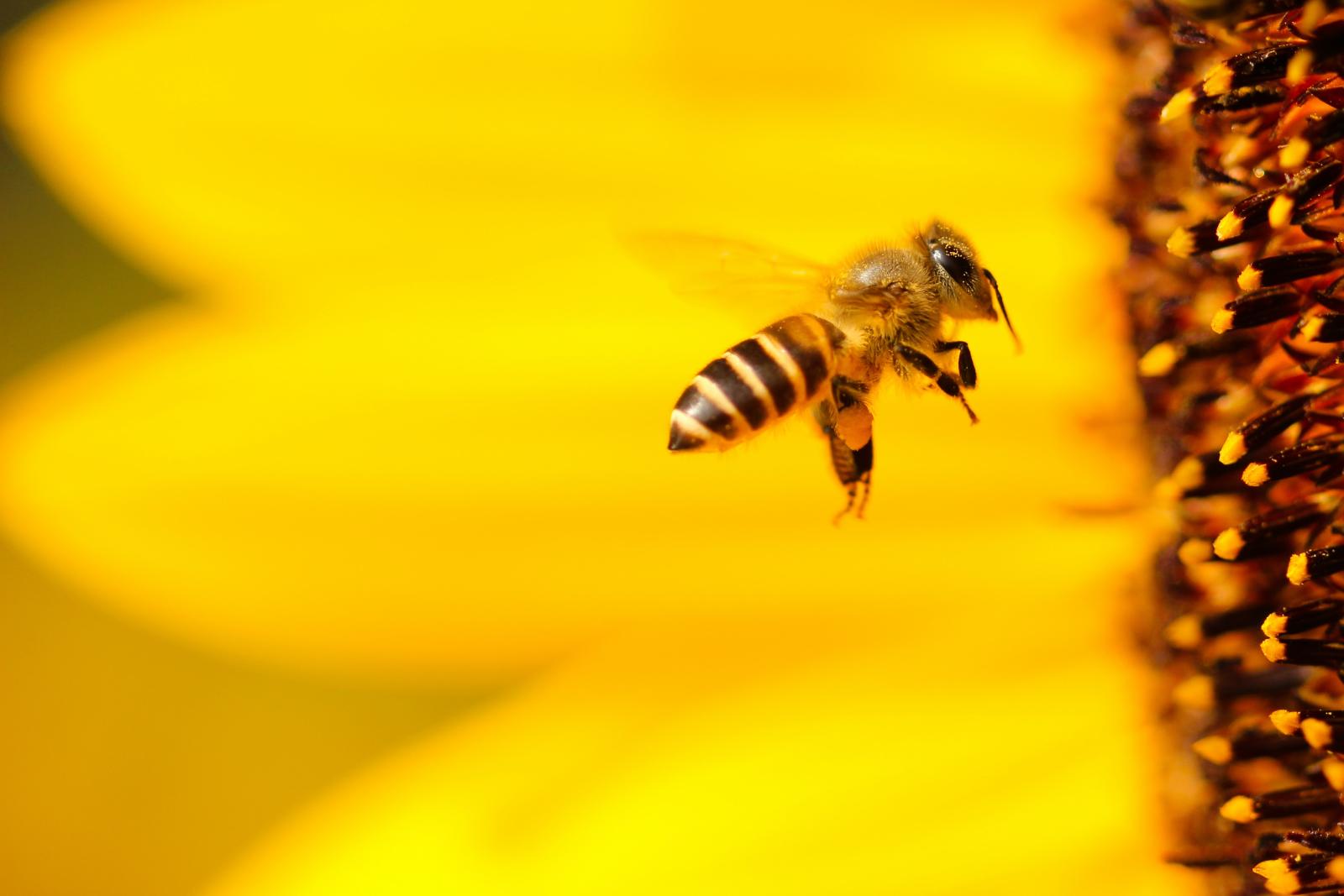
The Origin study from the Mario Negri Institute has identified genetic variants from Neanderthals in the DNA of those who had the most severe form of the disease.
Image credits: Crawford Jolly/Unsplash
A small group of genes that we inherited from the Neanderthal man - and from his romantic relationships with our sapiens ancestors - exposes us today to the risk of developing severe Covid. This is the unique conclusion of the Origin study by the Mario Negri Institute, presented yesterday in Milan and published in the journal iScience. Conducted with a sophisticated DNA analysis technique, the study identified a haplotype containing three Neanderthal genes, closely related, "certainly linked to the severity of the disease, and whose presence in the genome explains why the virus can severely affect even young subjects without other risk factors," explains Giuseppe Remuzzi, director of Mario Negri.
The genes responsible for 15% of deaths in the province of Bergamo
According to calculations by Matteo Breno, the lead author of the study, 15% of the deaths that occurred in the province of Bergamo can be attributed to these variants. Origin involved the communities of Bergamo most heavily affected by the virus in early 2020. Almost 10,000 people responded to an initial questionnaire. Of these, 1,200 were selected for the subsequent DNA test and divided into three groups of 400, homogeneous in terms of age, gender, and other characteristics. The first group consisted of patients who had severe Covid, the second of those who had a mild or asymptomatic disease, and the third of subjects who had not contracted the virus. The DNA microarray technique finally allowed for the analysis of nearly 9 million genetic variants for each participant, searching for those that could explain the variety of symptoms. The regions linked to the most severe forms are about twenty in total. "But among these, one is particularly significant: it is located on chromosome 3 and contains three genes that Homo sapiens inherited from the Neanderthal man," explains Remuzzi. Those who carry it have more than double the risk of developing severe Covid, almost three times the risk of going into intensive care, and an even greater chance of needing mechanical ventilation.
Confirmed the relationship between Covid severity and Neanderthal genes
The study confirms what was hypothesized by Svante Pääbo, the Nobel Prize-winning scientist who decoded the DNA of the Neanderthals, and who in 2020 had already found a relationship between the severity of Covid and Neanderthal genes. The Mario Negri study specifies that two of the three identified genes (named CCR9 and CXCR6) are related to inflammatory processes, while the third (LZTFL1) affects the development of cells lining the respiratory tract walls, which would be less effective in expelling harmful agents from the outside.


